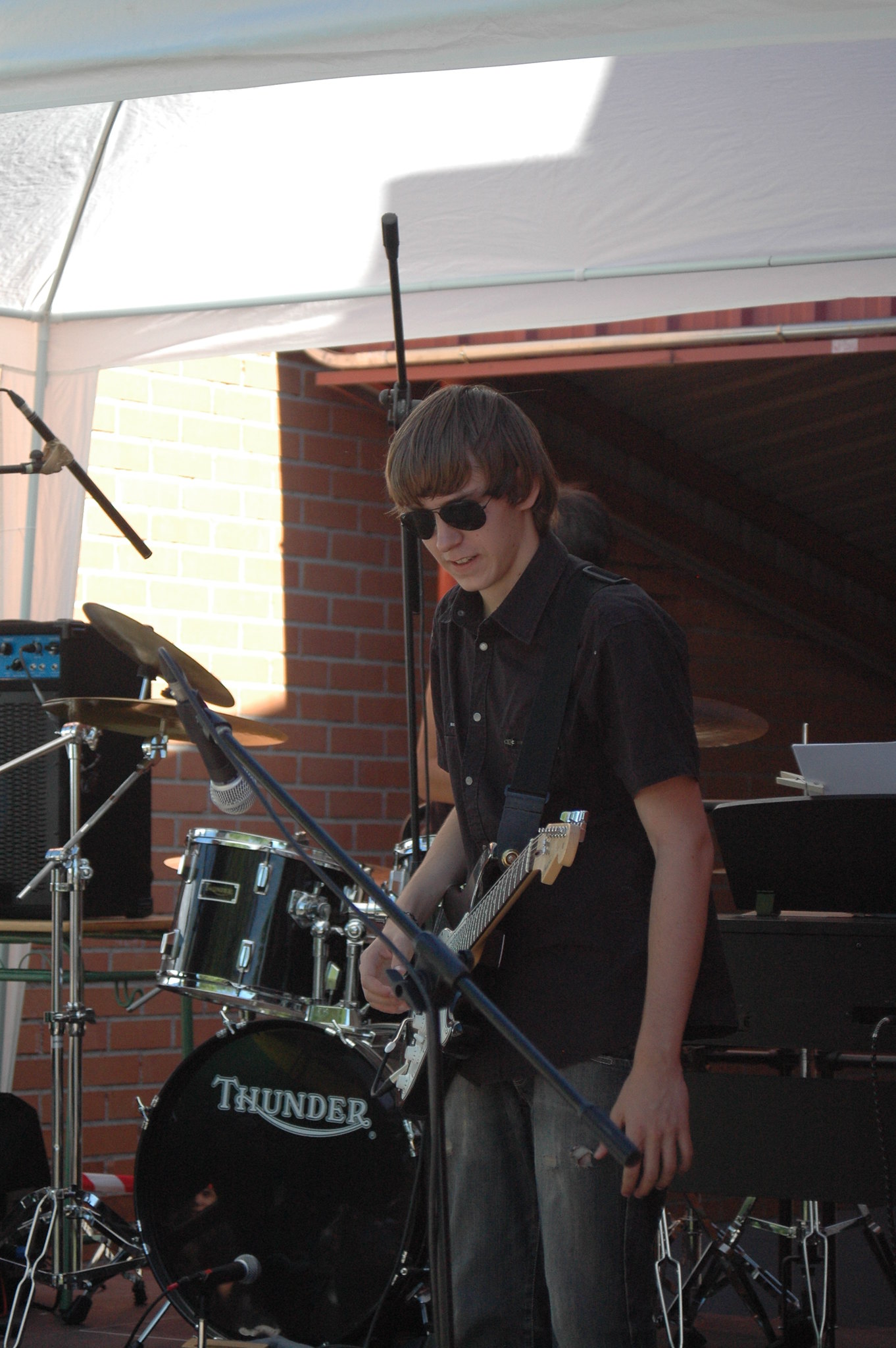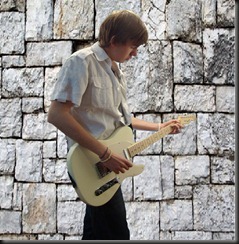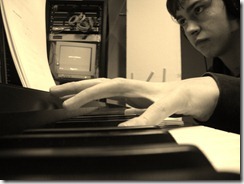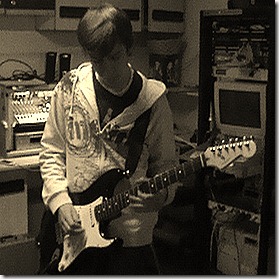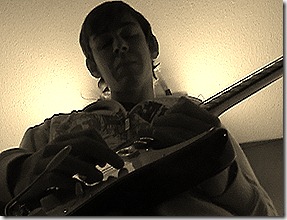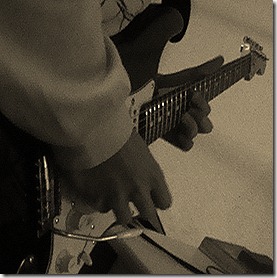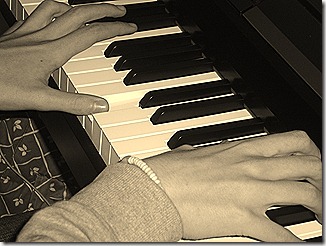Not just anything happens in the way we want.
I am nobody, however being nobody has made me free in a way, I have always been a mix of technical skills (sort of) and creative power (more imaginative than creative) both assets have been very handy to me over the years; however I can’t say that I have received greater success with one or the other. In truth, it has been the combination of both that has worked for me, with some other ingredients like patience, most of the times. I used to think that the technical knowhow was at the service of the creative process, that inspiration leads the way and technical resources paved it, however time and experience have taught me otherwise, not only this is not the case but it is a brutal misconception. I can extend on this concept in this post on many aspects of life and labour, but to stay in focus with my blog I will stick to the music and musical production, engineering & mixing context hoping this will allow me to restrain from divagating in to the clouds too much.
Producing music is undisputedly an art form, so is engineering and mixing however for different reasons but similar purpose. It is no novelty that a production, recording or a mix can kill a great song, the contrary is hardly possible since there is a requirement for good raw materials (MUSIC) a good song & a good performance can be enhance and polished to the status of great or even master pieces depending on the production and the post production.
Creativity as defined by Ken Robinson “Creativity involves putting your imagination to work in a sense, Creativity is applied imagination. Creativity is the process of having original ideas that have value”.
Technical is about the ability to master the gear at your disposal and manage it in the way that makes sense to you and fits the purpose you intend for it.
So when it comes to music production, it is clear, that good material will trigger a creative mind to have plenty of ideas (the question is ¿can they be made useful?). The production is the part of the creative process during the stages prior to recording, getting the songs ready and working with the band and the arrangements for the songs, getting the mood of the songs, the feel of what the band wants to express and help them focus their energy on getting the materials right, suggesting and being a constructive critique. To follow on with the work with the recording engineer and help in the process of capturing to tape or HD of the results of the preproduction stage in the interpretation, bridging and making the process as smooth as possible, helping and promoting every aspect, The responsibility is that of a coach but also a director, you will need to have a clear idea of what needs to be done. It is inevitable that in this process your talent and creativity will flourish and merge in the production. The Mixing and Mastering are the processes of balancing and placing everything in the song, and getting it ready for its final purpose. As a producer you have to pass down to the mixer the feel, mood and theme of each song. This is normally done with a rough or demo mix, or in other cases the producer, recording engineer and mixing engineer are the same person as in my case. The “Rough” as it is called has usually captured most of the mood, sound, the bands spirit or placement. Therefor the mixing is built with a base; as a mixing engineer use your own taste and experience in polishing up the different tracks and parts of each song, using the tools at your disposal.
The result of a musical production is a combination of skill, taste and creativity. But neither one of them are isolated domains. Creativity can help a mixer solve a technical problem, finding alternative ways of doing things, new creative ways to use the same tools to achieve innovative results. On the other hand technology can help the creative process by laying out new ways to see things that widen our imagination to new ways to do things. A new effect can inspire a new approach; the minimal change can move the entire song and trigger a response that may make the difference. Finally no matter how much creativity or technology you use you will need to use your taste to get the right measure and result.
Creativity is a process and as such must have its own milestones and tasks, in producing music creativity is a set of different episodes in the different parts of the production, but it is also a complete independent process. On the other hand technology is directly present at only some stages during the process, but it should always be present in our mind throw-out the entire process. In the creative part you need to focus on the emotional qualities of the music the feel, etc. However one must not limit creativity to these domains and seek applying it also to the sonic aspects witch are usually in the more technical domain. For me the key is the balance between technical experience and creative innovation.
Every song or piece of music has its own unique sound and sonic footprint; it is a hard but comforting job to find and fine-tune these qualities and polish them to they shine. Taste, emotional compromise and motivation will get you there where technology and creativity are mainly the tools of the trade. Exceptions apart if you are too technical all your songs will sound the same, if you are too creative your results will be all over the place. Keeping a balance of both by directing them with taste will bring new and imaginative results every time.
As always Thanks for reading I relay hope you enjoyed it.
Follow Slice at http://youtube.com/user/inside71slice
